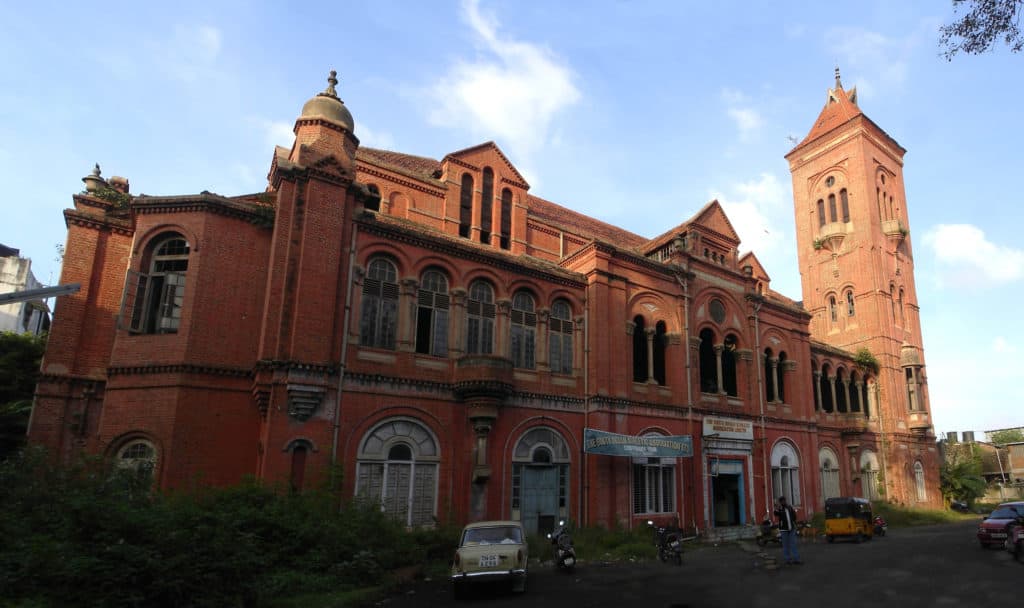On the one hand, it is good news. The Chennai Metro Water Supply and Sewerage Board (CMWSSB) is looking at creating a museum at the Kilpauk Water Works. The Police Commissioner’s Office in the city is setting up a museum at its old office in Egmore. The Corporation is debating the possibility of a city museum in Victoria Public Hall.
Three great institutions of the city almost simultaneously working on museums for themselves! What more could we ask for? The question is how sustainable will these be in the long run given that they will almost certainly be run by the Government?
Monotony surrounding Chennai museums
Let us face it. These intentions are noble. But going by past record, will the fate of these proposed museums be any different to others such as the Government Museum Egmore or the Fort Museum? Both have had the same artefacts on display for years and if you have been there often enough, you can even identify the locations blindfolded.
True, there have been improvements in the methods of display and lighting but it cannot be denied that when compared to what is happening internationally and even in cities such Delhi, Kolkata and Mumbai, our museums are way behind. There is a deadening monotony about them that do not encourage repeat visits.
Read more: Why a visit to Egmore museum fascinates and saddens us at the same time
How museums around the world sustain themselves
The world over, museums have recognised that the only way to survive is by getting repeat footfalls and tapping tourists. Yes, some such as the Louvre may get by with one or two prize exhibits but even they do not rely on just this. Museums are today into rotating what is on display, they put up special shows, curate events and have overall become lively places where people congregate. Unfortunately for us, our museums do not encourage such creative activities.
Read more: How to make our museums vibrant community spaces
One of the reasons why museums abroad go to such an extent to reinvent themselves is that funding for their existence cannot be taken for granted. Here again, we are referring to small and niche museums and not the big ones.
In Chennai for instance, the water, police and city museums will fall under the niche category. Assured funding, which takes care of existence and salaries immediately destroys any initiative to market what is on display. Museums overseas are governed by trusts and the actual operations are entrusted to salaried chief executives whose primary targets include the sourcing of funding, acquisition of artefacts and increasing footfalls. Take away these and there is very little initiative left.
Read more: From Victoria Public Hall to College of Fine Arts — who will save our heritage buildings?
Need for a board
All three proposed museums will be Government owned and Government-run. That straightaway means they will be governed by bureaucratic systems and procedures beginning from the design of galleries and the providing of toilets. That said, the Government’s reluctance to hand these over to independent trusts is an impractical idea, given that the buildings where these will be housed are all on pieces of prime real estate and there is a lot more than just land involved.
But there must at least be a board, that comprises a healthy mix of experts and bureaucrats to administer these museums and there must definitely be a staff that does not have assured tenure and wages. That is the only way in which we can have excellence.
The Police incidentally already has a museum. It is a pathetic display at the training facility near Vandalur. Not one person outside of the top echelons of the police is even aware of it. The new museums run the same risk. It will be good if the Government pauses right now, thinks over how it can create world-class museums and then see the ways and means of going about them. Just jumping into their setting up may not be the answer.
[This story was first published on Madras Musings. It has been republished with permission. The original article can be found here.]
Also read:
